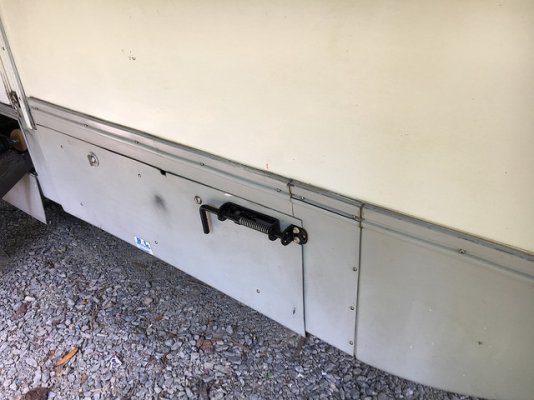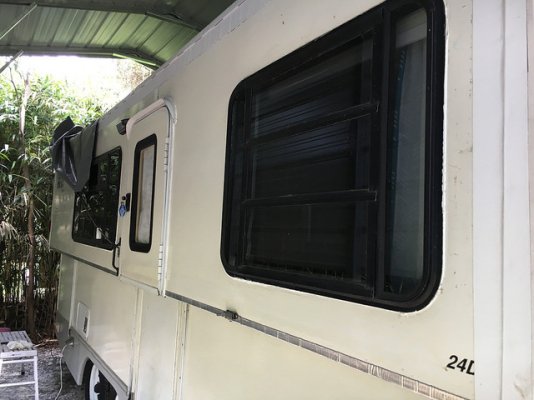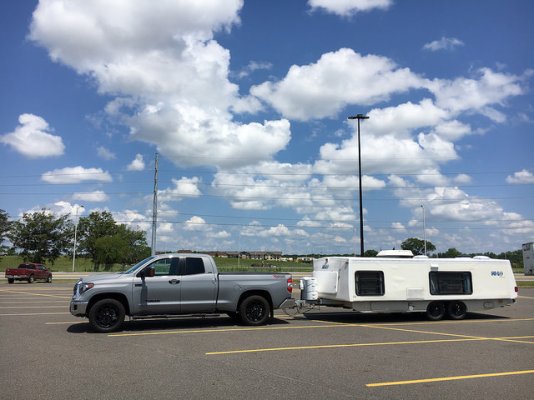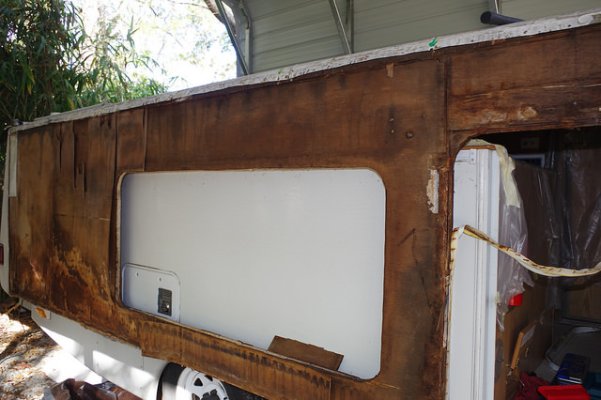My first thought while reading a few sentences in is, and I hate to say it, is to run. Just stop. I have done repairs, major repairs on one, ceiling and walls water damage. It is a lot of work and not really worth it unless you have nothing but time.
Nothing like working on a house. House work only gets you familiar with the tools and the products. Working on campers compared to house is way way harder. You cant just slap a 2x4 up and cover it with sheetrock, everything is needy and you must be precise and make exact cuts on curved 3-d surfaces, everything takes a lot longer. The concept is straight-forward, but the execution is not.
You will be getting into rusty metal on this one, so can you weld? Can you TIG weld? MIG welding wont cut it, you need TIG.
You are getting close to cold weather time. How warm will it be where you are? When it is time to put it back together you will be glueing everything, so need warm temps for the glue to cure or you are wasting your time.
So, honestly, dont try to make it perfect. It does not have to be perfect to be useable and last for years. Make sure all the wet wood is removed though.
One issue might be the thin aluminum roof now has tiny pin holes in it. This might be where the water got in. Hard to fix and harder to keep fixed. When you remove the ceiling you will see all the pin holes when the sun shines through.
These are cool campers and great for towing, but might not be worth messing with. And you always have the threat of one of the cables breaking and when that happens you are stuck, so plan to replace all cables while you are in there too.











